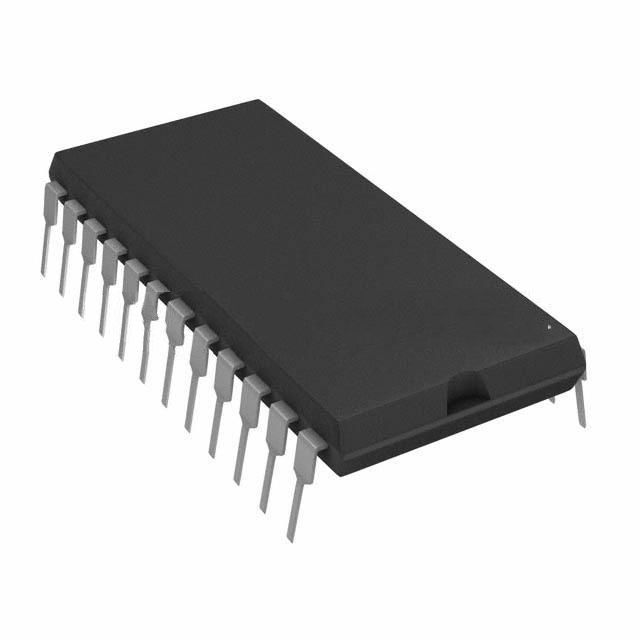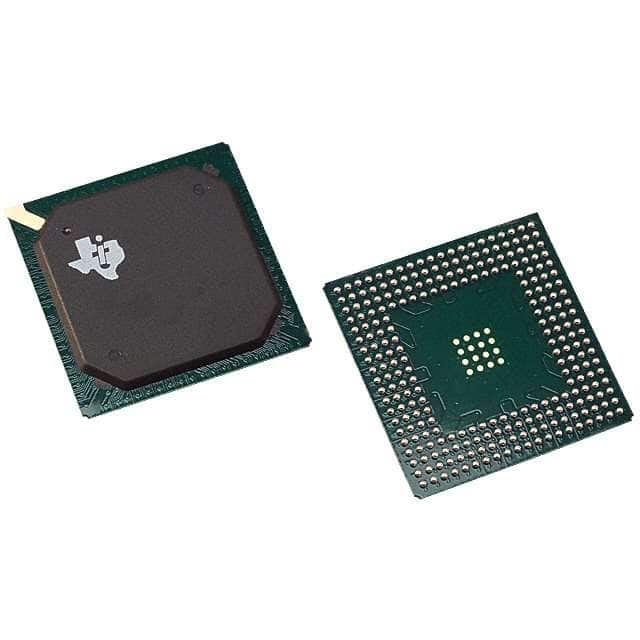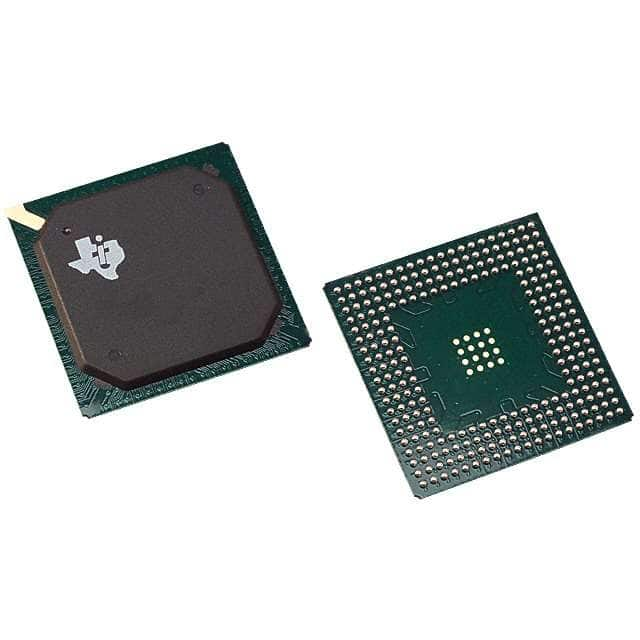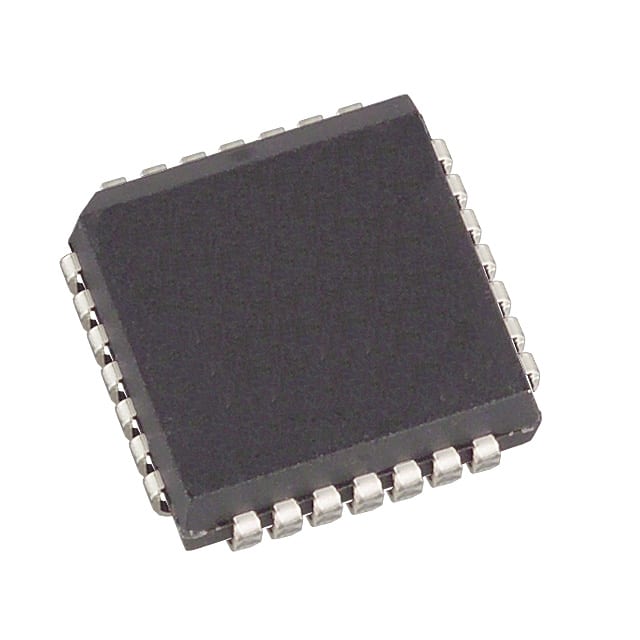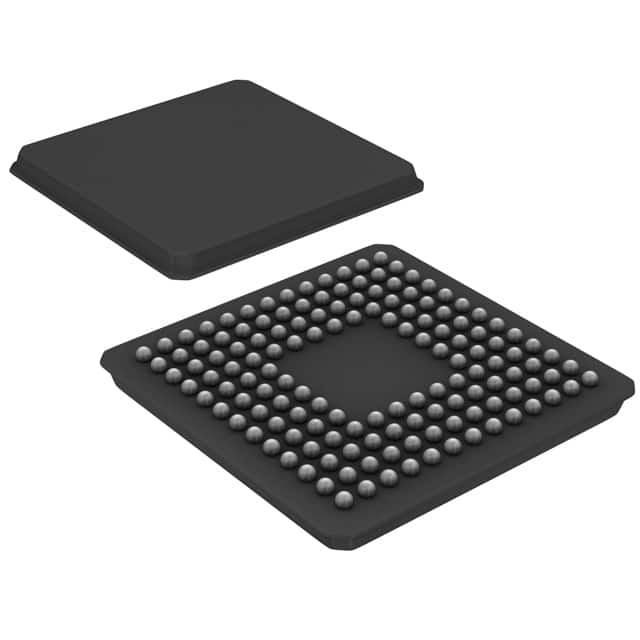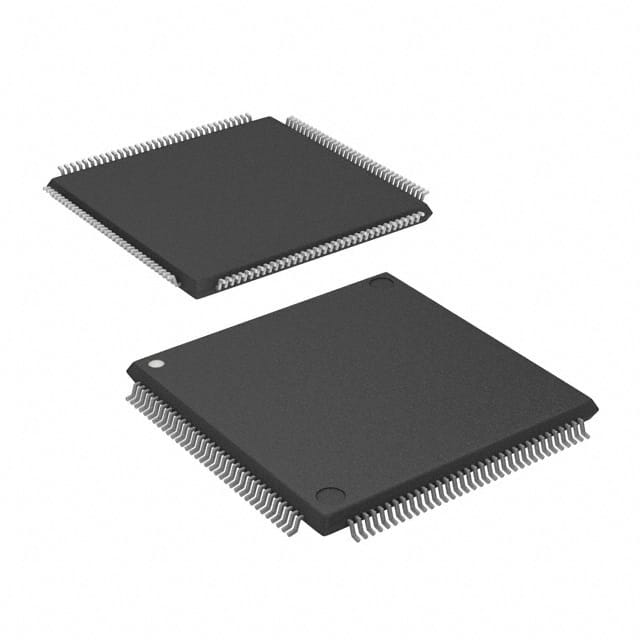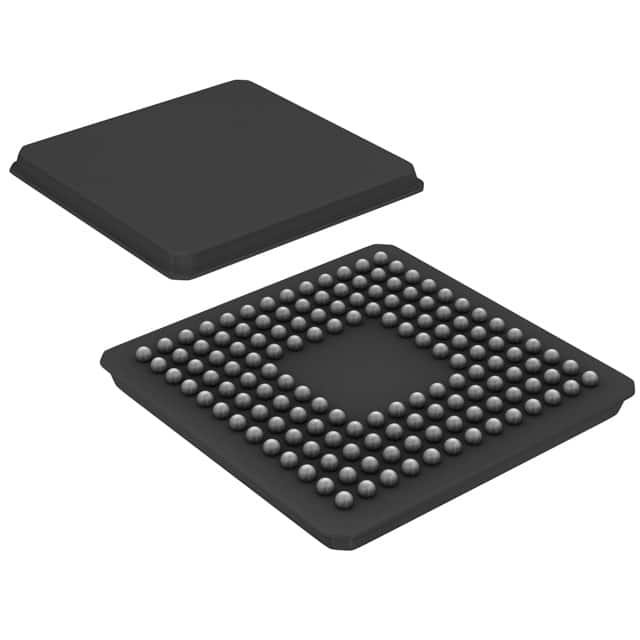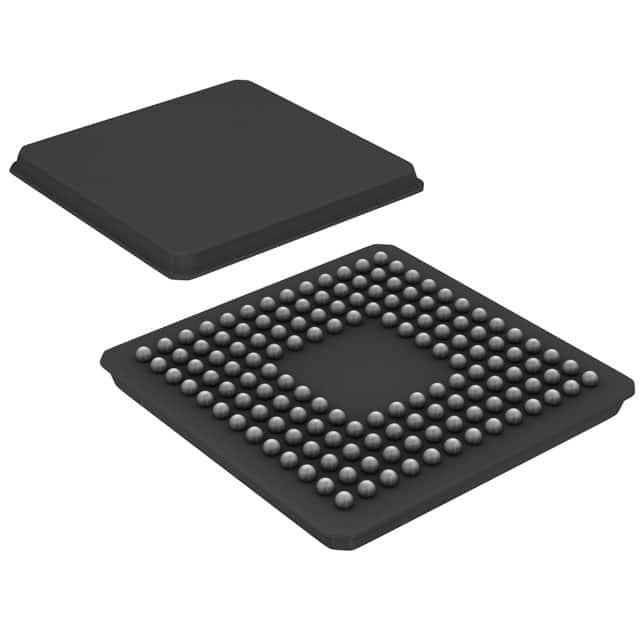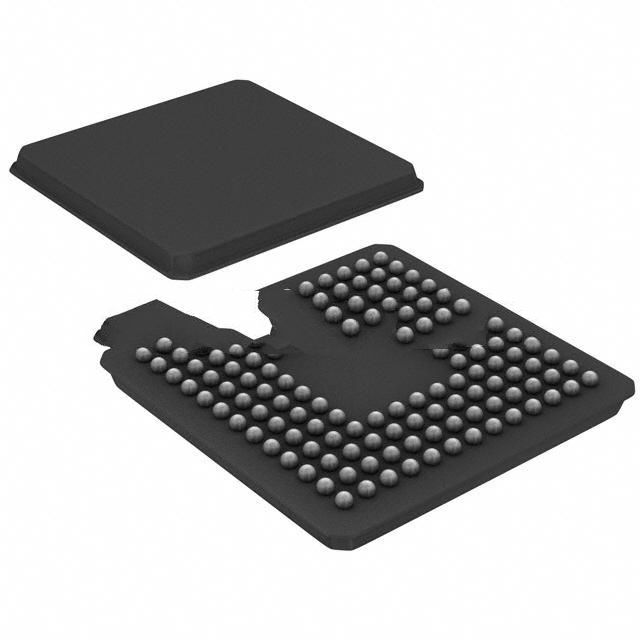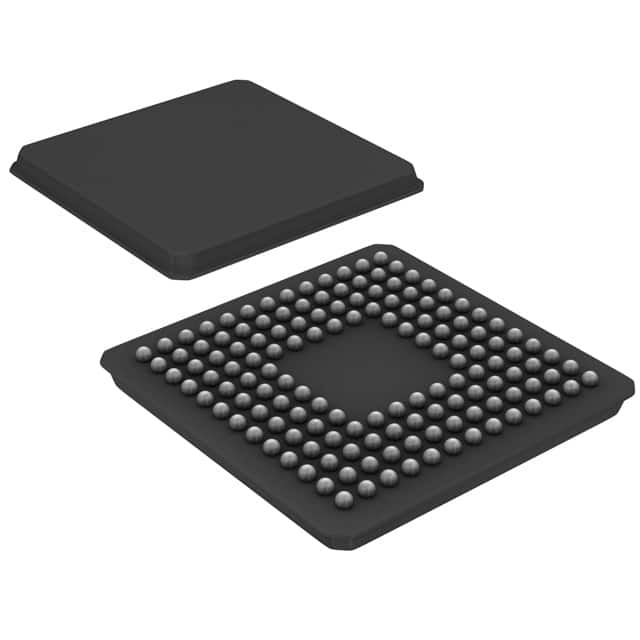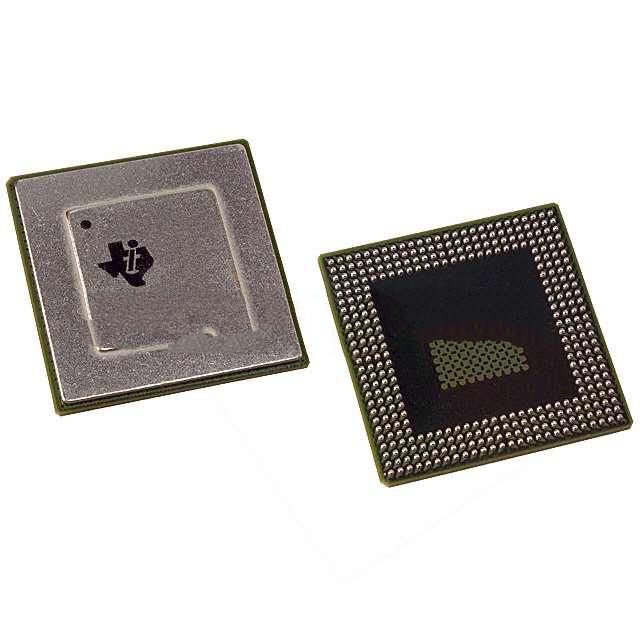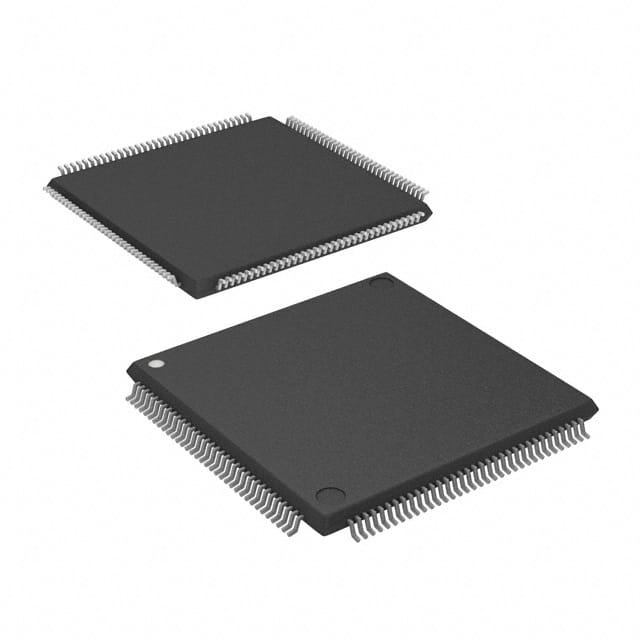TMS320VC5401GGU50 Product Introduction:
Texas Instruments Part Number TMS320VC5401GGU50(Embedded - DSP (Digital Signal Processors)), developed and manufactured by Texas Instruments, distributed globally by Jinftry. We distribute various electronic components from world-renowned brands and provide one-stop services, making us a trusted global electronic component distributor.
TMS320VC5401GGU50 is one of the part numbers distributed by Jinftry, and you can learn about its specifications/configurations, package/case, Datasheet, and other information here. Electronic components are affected by supply and demand, and prices fluctuate frequently. If you have a demand, please do not hesitate to send us an RFQ or email us immediately sales@jinftry.com Please inquire about the real-time unit price, Data Code, Lead time, payment terms, and any other information you would like to know. We will do our best to provide you with a quotation and reply as soon as possible.
Introducing the Texas Instruments TMS320VC5401GGU50, a powerful and versatile digital signal processor (DSP) designed to meet the demanding requirements of today's advanced applications. With its exceptional performance and extensive feature set, this DSP is the perfect solution for a wide range of applications.
The TMS320VC5401GGU50 boasts a clock speed of 50 MHz, allowing for fast and efficient processing of complex algorithms. It also features a 16-bit fixed-point arithmetic unit, providing high precision and accuracy in calculations. With 64KB of on-chip RAM and 256KB of on-chip ROM, this DSP offers ample memory for storing data and program code.
This DSP is equipped with a variety of peripherals, including UART, SPI, and I2C interfaces, enabling seamless communication with external devices. It also supports multiple audio codecs, making it ideal for applications in the audio and speech processing fields. Additionally, the TMS320VC5401GGU50 features a flexible interrupt controller, allowing for efficient handling of real-time events.
The TMS320VC5401GGU50 is well-suited for a wide range of applications, including audio and speech processing, industrial automation, telecommunications, and medical imaging. Its high performance, extensive feature set, and versatile peripherals make it an excellent choice for developers looking to create innovative and advanced solutions.
In conclusion, the Texas Instruments TMS320VC5401GGU50 is a powerful and versatile DSP that offers exceptional performance and a wide range of features. Whether you're working on audio processing, industrial automation, telecommunications, or medical imaging, this DSP is sure to meet your needs and exceed your expectations.
DSP Digital Signal Processing (Digital Signal Processing) is a technology that uses computers or special processing equipment to digitize signals. It converts analog signals into digital signals, and uses efficient algorithms to sample, transform, filter, estimate, enhance, compress, identify and other operations, and finally gets a signal form that meets people's needs. Compared to general-purpose processors, DSPS typically have higher arithmetic throughput, lower latency, and more efficient memory management mechanisms, all of which are designed to meet the requirements of real-time signal processing.
Application
DSP (Digital Signal Processing) technology is mainly reflected in the accurate processing of signals. It can efficiently perform complex operations such as signal analysis, noise suppression and feature extraction, and provide reliable data support for subsequent decision or control. In addition, DSP also has high-speed computing power and low power consumption characteristics, especially suitable for scenarios that require real-time processing of large amounts of data, such as audio processing, video codec, communication systems, image processing, control systems and robots, medical and bioinformatics and other fields.
FAQ about Embedded - DSP (Digital Signal Processors)
-
1. What are the two types of DSP?
DSP (digital signal processor) is mainly divided into two types: fixed-point DSP and floating-point DSP. The main difference between fixed-point DSP and floating-point DSP is that they process data in different ways and formats.
Fixed-point DSP uses fixed-point number format for calculation. This format directly stores data and exponents in integer form in memory, eliminating multiplication and division operations in floating-point operations, thereby increasing the calculation speed. Fixed-point DSP chips are relatively low in price and power consumption, but the calculation accuracy is relatively low.
Floating-point DSP uses floating-point format for calculations. This format can represent large or small numbers, with high calculation accuracy, and is suitable for occasions that require high-precision calculations. However, floating-point DSP chips are expensive and consume a lot of power.
-
2. What is built-in DSP?
Built-in DSP is a technology that combines digital signal processing (DSP) functions with power amplifiers. It not only has the power amplification function of traditional amplifiers, but also accurately processes and adjusts audio signals through DSP chips to provide a higher quality music experience.
The core advantage of built-in DSP lies in its powerful audio processing capabilities. Through DSP technology, audio signals can be optimized and managed to achieve active frequency division, delay processing, EQ debugging and other functions, thereby improving the performance of the audio system and making the sound clearer and more pleasant to listen to.In addition, DSP amplifiers also support parameter adjustment through computers, mobile phones and other devices, providing more flexible audio management solutions.
-
3. What is DSP in microcontrollers?
DSP (Digital Signal Processor) is a microprocessor specifically used to process digital signals. It is different from the traditional CPU (Central Processing Unit). DSP is mainly used in occasions that require a large number of floating-point operations, such as communications, audio processing, image processing and other fields.
The working principle of DSP is to convert the received analog signal into a digital signal, and then process and analyze these digital signals. DSP chip adopts Harvard structure, that is, the program and data are stored separately, and has a dedicated hardware multiplier, which can quickly implement various digital signal processing algorithms.
 Lead free / RoHS Compliant
Lead free / RoHS Compliant












